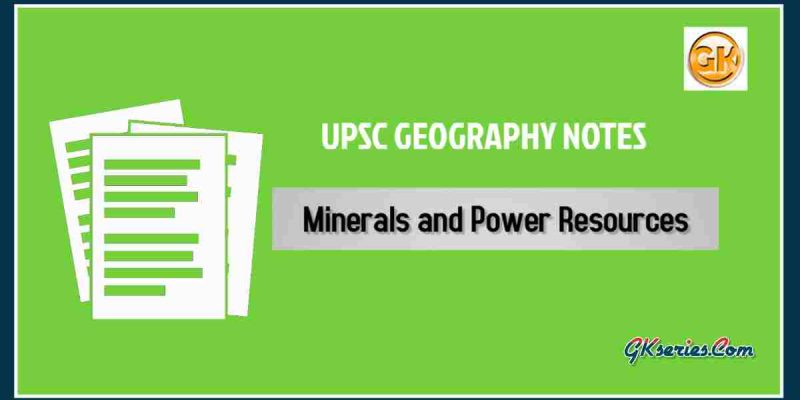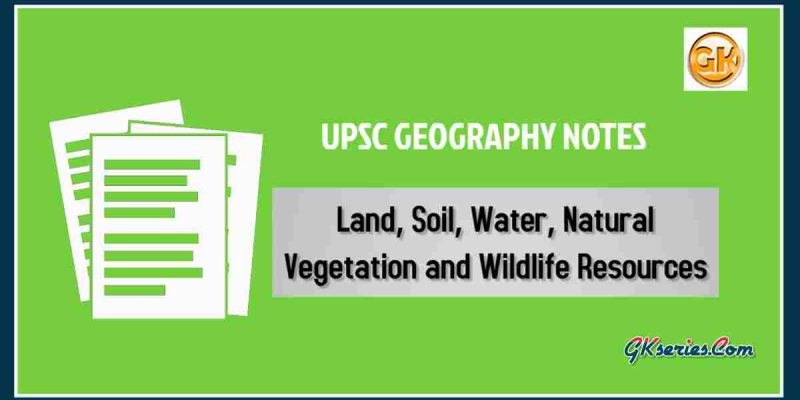
Power resources are of two types: Conventional Resources: are those that have been in common use for a long time. Firewood and fossil fuels are two main conventional energy sources.Non-conventional Resources: of energy are renewable. Solar energy, wind energy, tidal energy, etc. are ...
READ MORE +